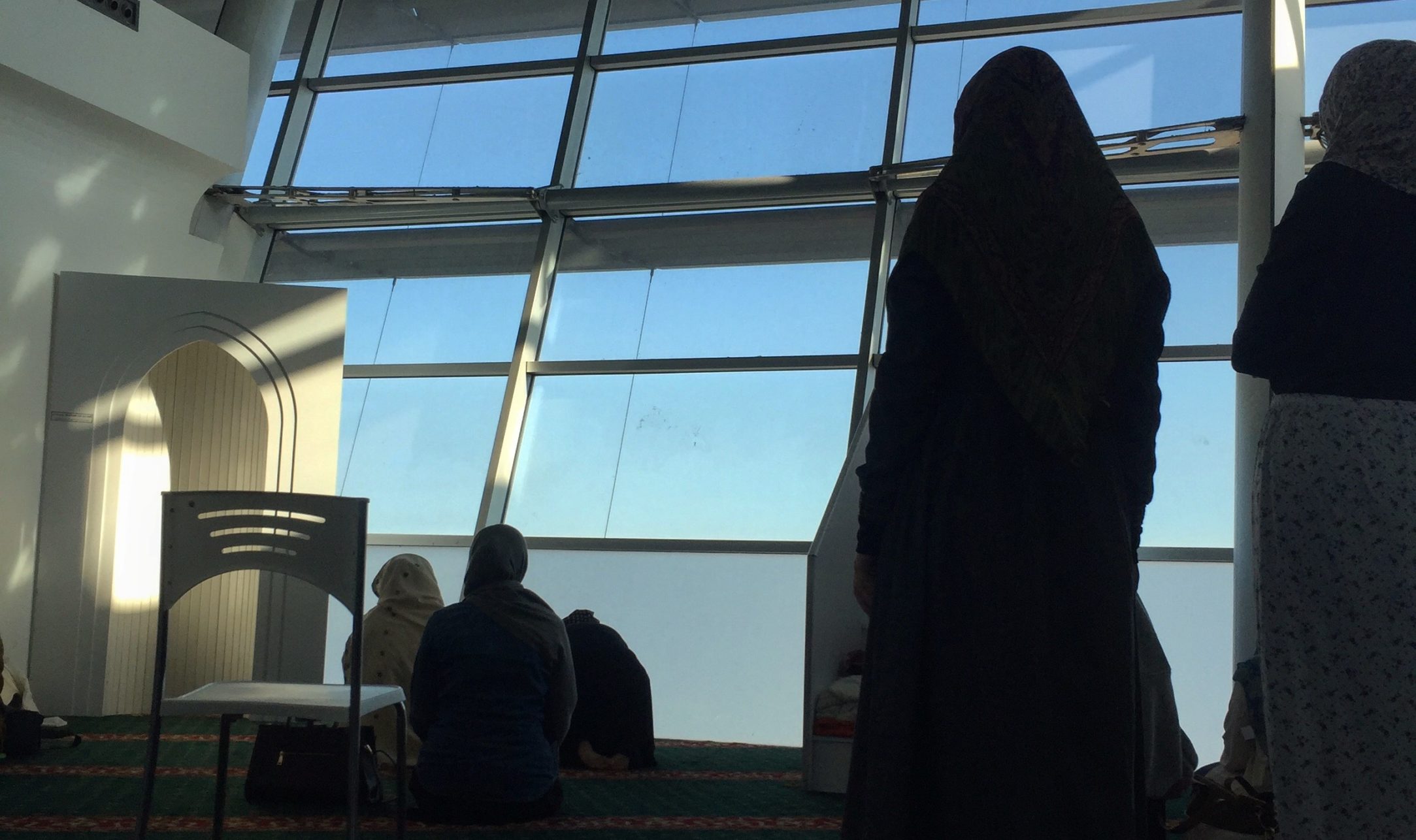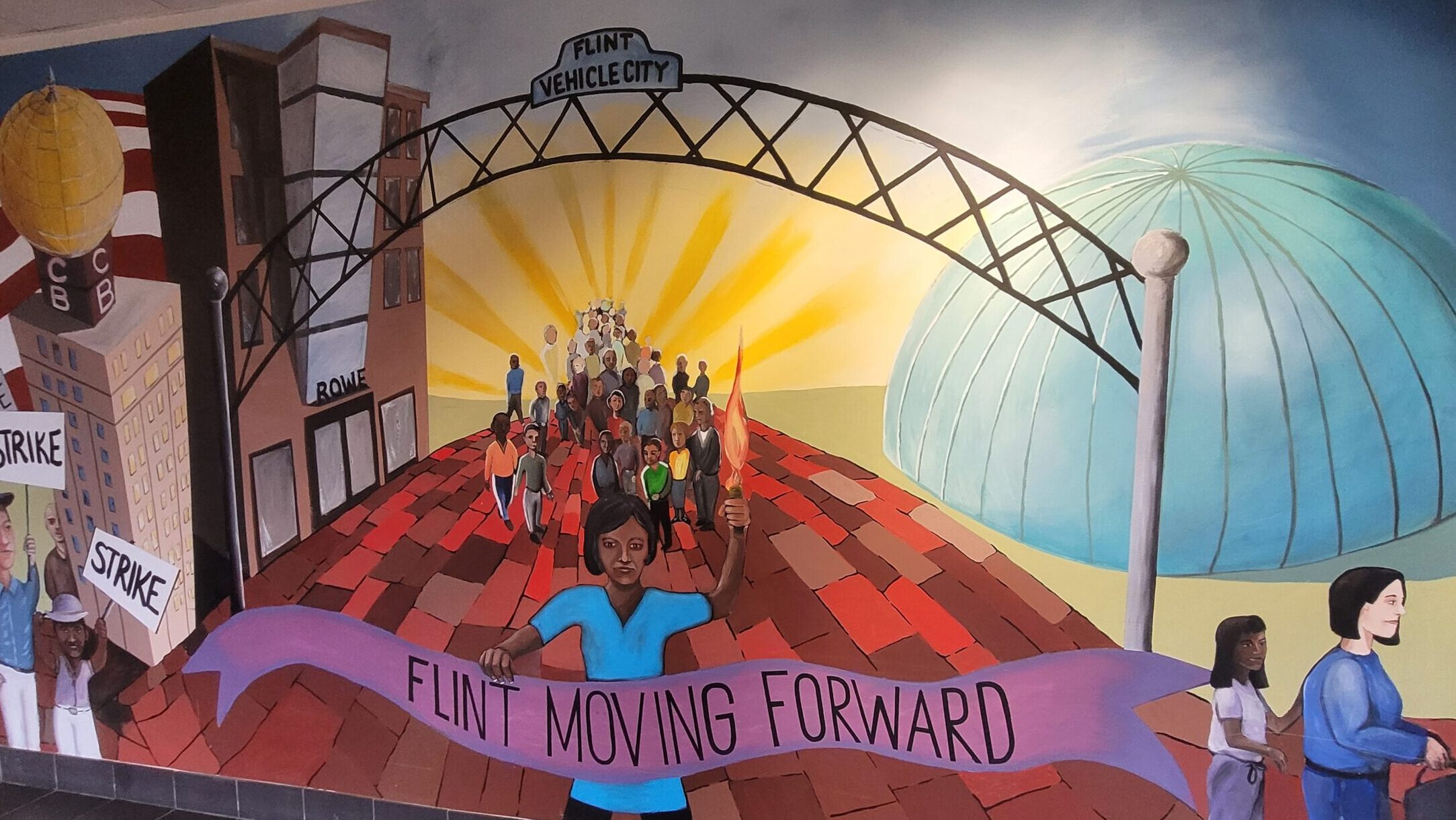The first time I travelled alone I was 14, almost 15. I was taken to Heathrow by some family friends who happened to be travelling from Birmingham that day, and I agreed to this arrangement, desperate to avoid a teary goodbye with my parents at the airport. I had a small pouch for my passport and my tickets (and a separate pouch for the photocopies of my passport) and I was told not to help anyone who had too much luggage, and to be skeptical of overfamiliarity from fellow passengers or airline staff. When there was an accident on the motorway, however, we were stuck in gridlock traffic and my uncle started talking about what happens when flights are missed. Things spiraled from there: calls to my parents and the airport desk, my uncle drove fast–faster than I was comfortable with–and I ran furiously to the check-in desk to be escorted through security, where I was repeatedly asked if I should have a guardian for the journey. With each “no” response, I became more frantic; by the time I made it to the plane, I felt sick. I spent the flight refusing every meal and drinking only water, dry-mouthed, chapped-lips, stomach-heaving sick.
That panic remains, coursing through all my airport habits to this day. At first, it was just arriving extremely early, ensuring that I could amble through security and the duty-free shops without any special dispensation; after Pakistan’s national airline descended into a joke and a disgrace, I began booking flights with unnecessarily-lengthy connection times. Because I’d heard Doha International Airport was long and eerily quiet in parts, I gave myself over four hours to move between flights; Dubai was big and busy, and I could amuse myself eating halal McDonalds and Burger King, so I stayed there for six hours. On my first time in Istanbul, I put aside seven hours to decide how to spend some Turkish Lira I had been given as a gift. Since I mostly travel alone, it was easy to give myself this kind of flexibility.
This was how I found myself in the prayer room at Doha International Airport, on a ten-hour layover between Islamabad and London. The plan had been to leave the airport and visit a friend, but a fever took hold on the flight, so I arrived at Doha desperate for a dark room and quiet. Airport staff directed me to the women’s mosque. I had to search a bit, ask for more directions, and when I finally located it, my relief almost nudged me into the men’s prayer room, just next door.
The airport was still partially under construction, so the women’s mosque, though ostensibly complete, lacked some of the shine being methodically applied to the rest of the airport. It was lit in the aggressively dim way that communal public spaces often are, with lights to punctuate the absence of anything natural, and there were five or six women sitting with their backs to the wall, some with small suitcases and others with handbags and backpacks. Two were praying and another looked to be sleeping, a scarf draped across her body, a small bag underneath her head. One woman looked up and smiled as I came in, looking for the space I needed without disrupting the flow.
The middle of the room was evidently for the work of prayer, with the outer edges reserved for all the other purposes that a religious space could serve in a transport terminal. I settled on the far wall, near a stack of prayer mats; my temperature was peaking, so I slid down to the ground, acutely aware of my feet, the direction of the Ka’bah, and the need for decorum in religious places that I had carried with me since my earliest days of attending mosque.
When I was young, any suggestion that religious education could merge with lazing around was batted away, politely but firmly. We used the outer perimeter of the room to keep from slouching and each other’s shoulders to keep from any exaggerated stretches.
I loved going to mosque; it was an easy and fruitful time to cultivate young friendships and learn about the faith I had been born into. But those early years are the only consistent time I’ve spent inside a Mosque. Since then, I attend mostly when someone has passed away; the space provides both religious sustenance in those acutely painful moments and re-emphasizes, in death, what a community can look like. My grandfather, father, and brother visited the mosque every Friday for Jummah prayers and if it wasn’t the anchor their weeks were tethered to, the weekly greeting with old friends and news of births, deaths, and marriages was how they knew how to stand shoulder to shoulder with people they shared a life with.
But for myself, and for my mother and grandmother, it was in homes and living rooms where we generated our religious space, a space we furnished with meals and laughter and an ease we could not find in mosques. In those spaces, prayer was not the sum total of our devotion but its means, baseline, and foundation.
In Doha, there were only ever a few women praying at any one time. Most sought a slightly different respite. One mother with her two children was eating, her dupatta falling loosely around her shoulders; for her, this woman-only space was a rare freedom from the hyper-surveillance of air travel. (Her youngest moved idly between mealtime and naptime while the eldest was absorbed in a show on her mother’s phone). A group of travelers–dressed like they might be en route to Saudi Arabia–were sitting in a circle, sharing small wrapped packages of food; one woman had plastic cups, eagerly passed around, and another had napkins. They pulled up their skirts a little and opened their bodies out towards each other, their conversation a gentle mumble punctuated by trickles of laughter. The communal closeness was obvious and as I watched them each take turns to eat and pray, opening and closing their circle, I drifted off into a short, feverish sleep.
When I woke up, I noticed that someone had left a small bar of chocolate on top of my things.
The next time I found myself in an airport mosque, I was travelling to Pakistan with my mother (after many years of separate visits). Our flights connected in Istanbul, with a four hour wait, and—despite all the dispensations given to people in transit—my ma was and is committed to her prayer schedule. She knew exactly how to get to the prayer room (near Gate 500), a space far bigger than I had expected, with a marked sense of intention: the far wall was made of floor-to-ceiling frosted glass, slanted so it felt like it opened us up into the sky, with sunshine flooding in. A small girl was in charge here: the spitting image of her evidently-tired mother, she moved between different women, offering sweets and taking them back with glee. The whole room was enamored. A woman sat across the room pulled a small teddy out of her hand luggage and motioned to the girl who squealed, jumped out of her mother’s lap and collected her prize.
While my mother prayed, I sat patiently with our luggage, watching the room coalesce around the small children entering with their mothers and grandmothers. A little boy was befriended by the little girl and they became fast friends, inventing games and languages. We all observed and entertained them, as prayers were offered and bathrooms were visited, brief and easy expressions of collective care. When it was my turn to pray, I moved as close to the windows as possible; I read the lunchtime prayer first and then the one suggested for visiting a new mosque. Then I read the prayer I had missed that morning, and then I prayed for my family that had passed away. I didn’t stop until I heard my mother’s voice; we only had a little time before our flight. She had made a friend, and I was introduced to this new aunty who told me we must visit her in Islamabad (and pressed a piece of paper with her telephone number into my hands). As we were saying goodbye and gathering our things, everyone looked up, as if seeing us off together.
It was strange to find a space so gentle and unfussy within an airport terminal, a form of travel that’s so destructive, expensive, and policed. Airports are both the border–with all the violence that entails–and a means of crossing it; for Muslim women, they can be both a site of intense suspicion and a means of escaping (some) of it. Both in Doha and Istanbul, these mosques momentarily transcended the former and gave honesty to the latter, making no demands.
An airport cannot be a safe space–the exclusions of its function are overwhelming–but it can provide a route to the sacred.
There is a hadith about the Prophet Muhammad (PBUH), who took a different route walking to and from the mosque for Eid prayers. There are various interpretations of why this happened and how we might apply its teachings to our lives today. But I think about it every time I travel by plane: every intermission I have taken in an airport prayer room is a different route to the same destination.
Sanaa Qureshi





